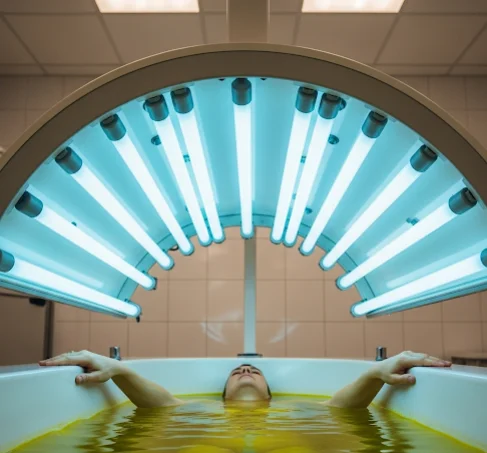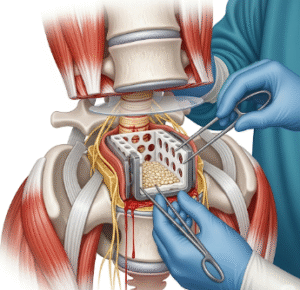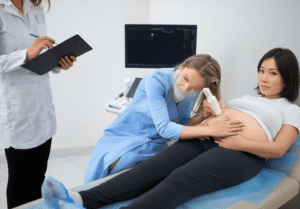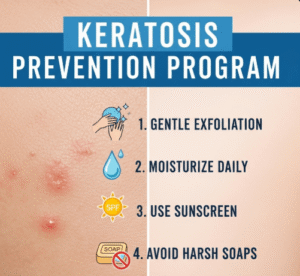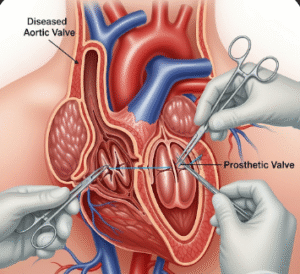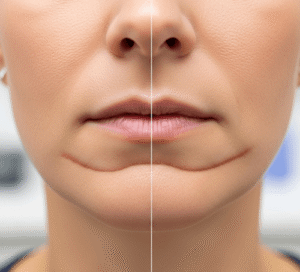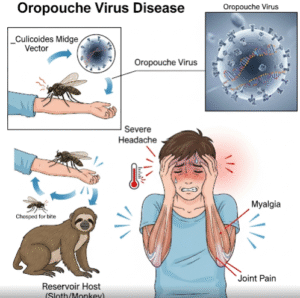What it is
PUVA bath therapy in Korea is a type of photochemotherapy that combines psoralen medication (a plant-derived photosensitizer) with ultraviolet A (UVA) light exposure to treat chronic skin conditions.
Instead of taking psoralen orally, the patient soaks in a psoralen-containing solution bath before UVA exposure. This allows the psoralen to penetrate only the skin (not the whole body), lowering systemic side effects while still sensitizing the skin for UVA treatment.
→ PUVA bath therapy is performed in university hospitals, dermatology centers, and advanced phototherapy clinics across Korea.
• Effective for psoriasis, vitiligo, eczema, and cutaneous T-cell lymphoma.
• Preferred when large skin areas need uniform treatment with fewer systemic risks than oral PUVA.
Why it’s done
Patients in Korea undergo PUVA bath therapy for:
→ Psoriasis → Especially widespread, thick plaques.
→ Vitiligo → To stimulate repigmentation by activating melanocytes.
→ Chronic eczema / atopic dermatitis → For severe, resistant cases.
→ Cutaneous T-cell lymphoma (CTCL) → As part of cancer-directed therapy.
→ Scleroderma and lichen planus → To soften and reduce lesions.
→ Chosen when narrowband UVB (NB-UVB) is not sufficient or when deeper dermal penetration is required.
Alternatives
Other phototherapy and systemic options include:
• NB-UVB phototherapy → Gold standard for psoriasis and vitiligo.
• UVA1 phototherapy → Deep penetration without psoralen.
• Oral PUVA → Involves psoralen tablets but has higher systemic side effects.
• Excimer laser (308 nm) → Targeted therapy for localized lesions.
• Systemic medications → Methotrexate, cyclosporine, JAK inhibitors, or biologics.
→ PUVA bath therapy is a middle ground — more effective than NB-UVB in some cases, but safer than oral PUVA.
Preparation
Before PUVA bath therapy in Korea, preparation involves:
- Dermatology consultation → Diagnosis confirmation and treatment planning.
- Skin type assessment → Determines psoralen soak time and UVA dose.
- Medical history review → Checks for liver disease, eye disease, or history of skin cancer.
- Protective eyewear planning → UVA-blocking glasses are used after therapy.
- No perfumes or irritants → Patients avoid topical products before soaking.
→ Korean clinics often use digital skin analysis to measure baseline pigmentation before starting PUVA.
How it’s done
PUVA bath therapy in Korea is performed step by step:
- Psoralen bath → The patient soaks in a warm water bath containing 8-methoxypsoralen (8-MOP) for about 15–20 minutes.
- Drying phase → The skin is gently dried to ensure even absorption.
- UVA exposure → Patient stands in a full-body UVA phototherapy cabin for a carefully timed dose.
- Protective eyewear → UVA-blocking glasses are worn during and after treatment.
- Post-care → Moisturizers applied, and patients avoid strong sun exposure for at least 24 hours.
→ Sessions are typically performed 2–3 times per week for several months.
→ Total therapy duration varies from 15–30 sessions, depending on response.
Recovery
Recovery after PUVA bath therapy is usually uncomplicated:
• Mild redness or tanning → Common but temporary.
• Dryness or itching → Managed with moisturizers.
• Repigmentation in vitiligo → Seen after 15–20 sessions.
• Psoriasis clearance → Often achieved after 20–25 sessions.
• No systemic nausea → Unlike oral PUVA, bath therapy avoids GI side effects.
→ Patients can return to daily activities immediately, but strict sun protection is required.
Complication
Possible risks of PUVA bath therapy include:
- Sunburn-like reaction → If dose is too strong.
- Premature skin aging → Long-term UVA exposure may increase photoaging.
- Skin cancer risk → Higher than NB-UVB but lower than oral PUVA.
- Hyperpigmentation or uneven tanning → Temporary and fades with time.
- Eye complications → Prevented with proper UVA-blocking eyewear.
→ Korean dermatologists reduce risks with precise dosing protocols and careful follow-up.
Treatment option in Korea
Korea offers advanced PUVA bath therapy programs:
→ University hospitals and major dermatology centers → Equipped with full-body UVA cabins and psoralen bath facilities.
→ Personalized dosing protocols → Based on skin type, disease, and response.
• Combination therapies → PUVA often combined with topical steroids, immunomodulators, or systemic biologics.
• Integration with vitiligo and psoriasis programs → Digital tracking of pigmentation or plaque clearance is common.
• Medical tourism → International patients often seek PUVA bath therapy in Korea for its high safety standards, modern facilities, and integration with cosmetic aftercare.
→ With its balance of safety, effectiveness, and precision, PUVA bath therapy in Korea remains a strong treatment option for chronic, widespread, and therapy-resistant skin diseases.

